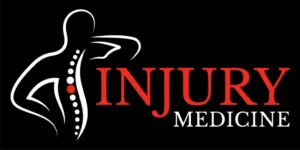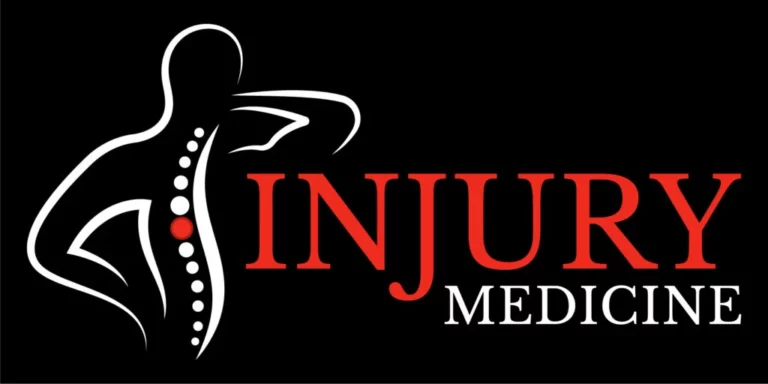An abrasion, within the realm of law and medicine, is a specific type of injury or wound characterized by the superficial removal of the skin or mucous membrane, typically caused by friction, scraping, or rubbing against a rough or abrasive surface. This legal definition aims to provide a comprehensive overview of abrasions, their legal implications, and key elements associated with this medical condition in the context of personal injury cases and legal matters.
Medical Characteristics of an Abrasion:
Superficial Skin Damage: An abrasion is primarily characterized by the removal of the outermost layer of skin (epidermis) or mucous membrane, resulting in a shallow, often painful wound. This type of injury typically involves minimal bleeding and is usually limited to the surface of the skin.
Causes: Abrasions commonly occur due to various forms of mechanical trauma, such as falls, scrapes, friction against rough surfaces, or contact sports injuries. They can range in size from small, minor scrapes to larger, more extensive wounds.
Symptoms: Symptoms of an abrasion may include localized pain, tenderness, redness, swelling, and the presence of debris or foreign material within the wound. Infection is a potential complication if the wound is not properly cleaned and cared for.
Healing: Abrasions typically heal relatively quickly, with the body’s natural regenerative processes leading to the formation of new skin cells and the gradual closure of the wound. Proper wound care, including cleaning and protecting the area, can facilitate healing and minimize scarring.
Legal Implications and Personal Injury Cases:
In the legal context, abrasions often arise in personal injury cases, particularly those involving accidents, negligence, or intentional harm. Various legal considerations come into play when evaluating the impact of abrasions on such cases:
Causation: Establishing the cause of an abrasion is essential in personal injury cases. It is necessary to determine whether the abrasion resulted from an accident, an intentional act, or negligence on the part of another party.
Negligence: If an abrasion occurs due to the negligence of another party, such as a property owner failing to maintain safe premises or a reckless driver causing a motor vehicle accident, the injured party may have legal grounds to pursue a negligence claim seeking compensation for their injuries.
Intentional Harm: In cases where abrasions are inflicted intentionally, such as in assaults or battery, the injured party may pursue legal action for assault or personal injury against the perpetrator, seeking compensation for medical expenses, pain and suffering, and other damages.
Evidence: Proper documentation of the abrasion’s extent, location, and progression is vital. This may include medical records, photographs, and witness statements to support the injured party’s claims in court.
Damages: In personal injury cases involving abrasions, damages sought may include medical expenses, pain and suffering, lost wages, and, in some cases, punitive damages to punish the responsible party for their actions.
Medical Expertise and Legal Testimony:
Medical professionals play a crucial role in legal cases involving abrasions. Their expertise is often sought to provide testimony regarding the nature and severity of the abrasion, the likelihood of complications or scarring, and the potential long-term impact on the injured party’s health and well-being. Expert medical witnesses can help establish causation and provide critical information for the court to consider.
Conclusion:
An abrasion is a type of injury characterized by the superficial removal of skin or mucous membrane due to friction or mechanical trauma. In legal contexts, abrasions are often important elements in personal injury cases, where they may result from accidents, negligence, or intentional harm. Understanding the medical characteristics of abrasions and their legal implications is essential for both medical professionals and legal practitioners involved in assessing and addressing personal injury claims related to these injuries. Proper documentation and expert medical testimony can significantly impact the outcome of such cases, ensuring that injured parties receive appropriate compensation for their injuries and related damages.

